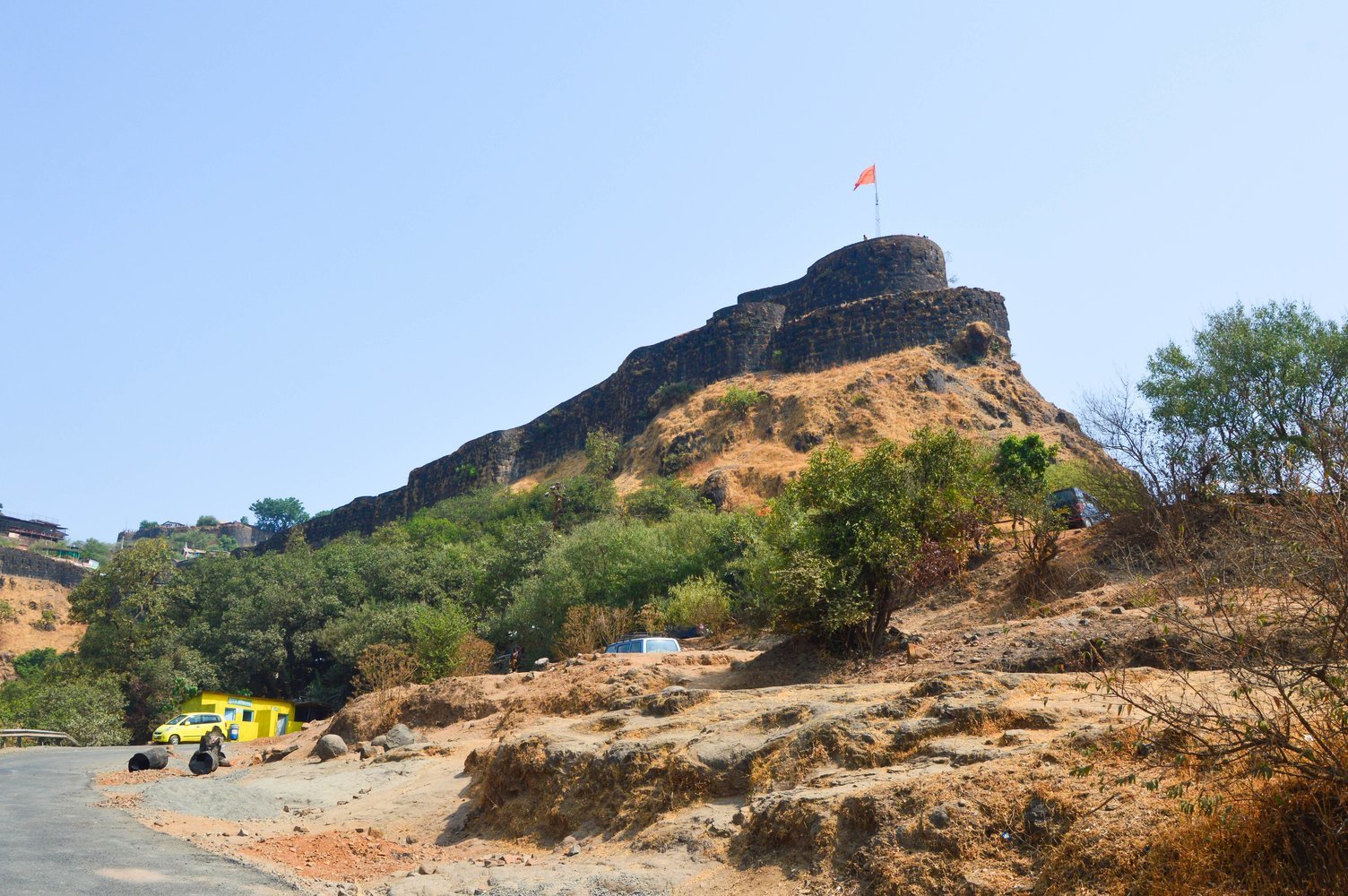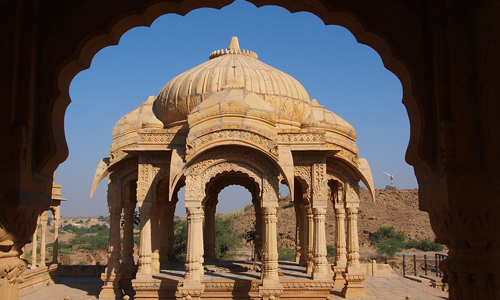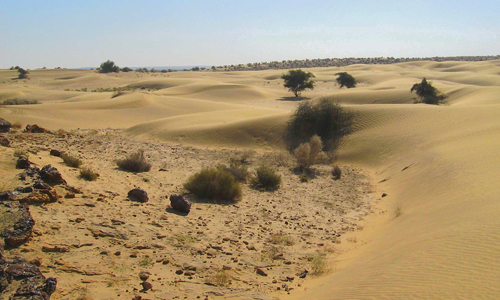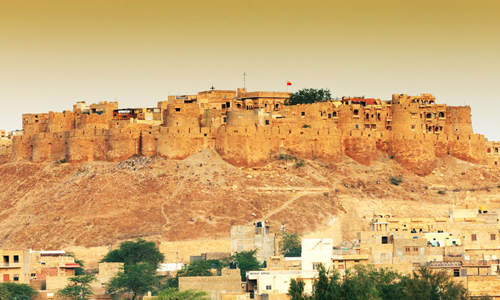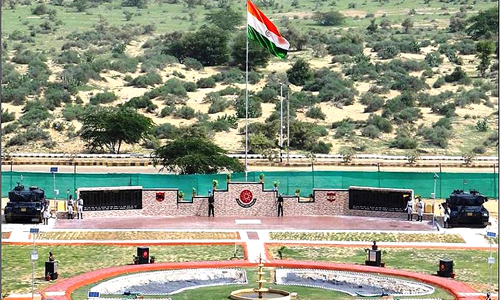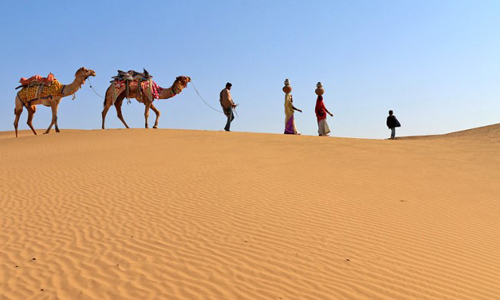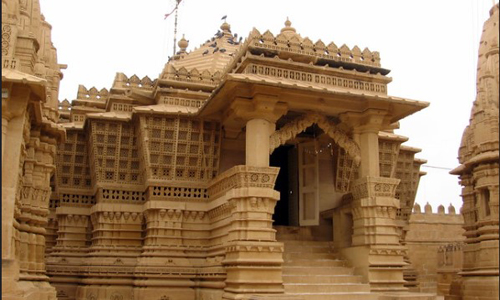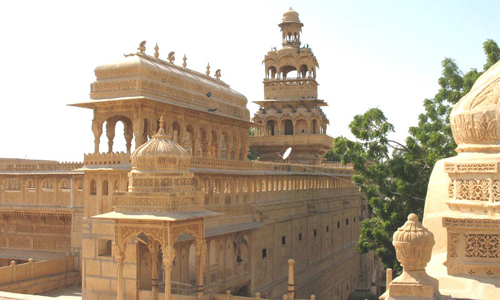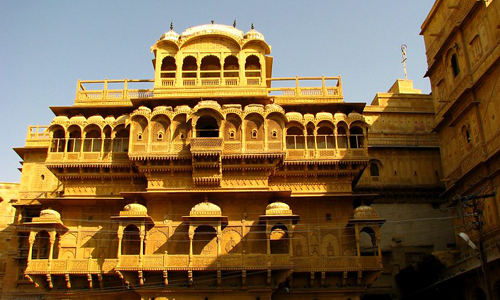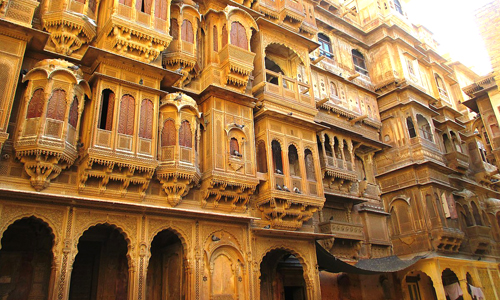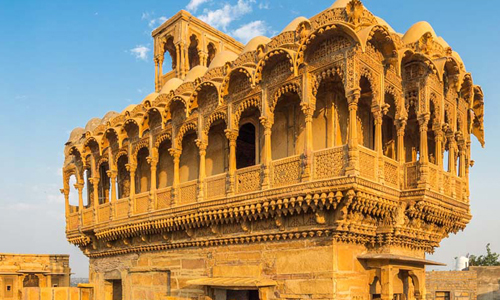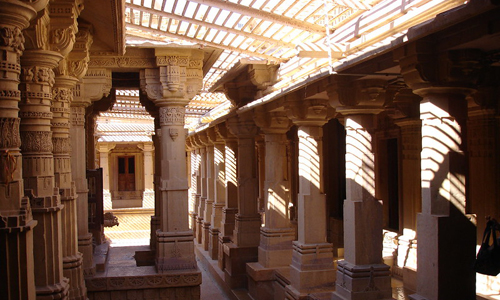All historical places have interesting stories, myths and legends related to them. Places in Rajasthan are often recalled along with their forever eternal stories which are often very true. One such place in Jaisalmer is the Khaba Fort situated in the famous Kuldhara Village. The village of Kuldhara is often referred to as the haunted village or ‘ghost village’(Times of India) of Jaisalmer. The village and its fort lie deserted, at an approximate distance of 17 kilometres from the main city of Jaisalmer. The Khaba Fort and Kuldhara village often finds its way on the lists of places to visit in Jaisalmer owing to the natural human instinct and thrill of exploring the unknown and unexplained. Many Jaisalmer tour packages even voluntarily include this place on their lists.
History and Significance:
The Khaba Fort once served as a very important centre for the village of Kuldhara almost 300 years ago. The village was once inhabited by Paliwal Brahmins, until one night all of the residents of the village fled away together deserting the whole village, sometime around the 1800s. The actual reason for this abrupt deserting of the village by all the residents is unknown to this day. Historians and locals can only think of possible explanations as to what may have led to an event like this. Some say that it was due to a natural calamity, while others argue that it was a successful mass protest movement due to the unjust policies and activities of an unfair ruler. Whatever the reason may be, the village today is known to be a cursed one. One has to enter through the ruins of this village to reach the Khaba Fort. Some locals even chant religious blessings before tourists enter this place, which is said to ensure that no foreign individual ever decides to inhabit this cursed village.
The Fort and its remains:
The Khaba Fort is in ruins in the present day due to lack of maintenance. The Fort gives a good view of the surrounding land and also of the Kuldhara village. The Fort does contain carved pillars and beautiful windows or ‘Jharokas’ which are emblematic of classic Rajasthani architecture inside it. It also has a small temple dedicated to Lord Shiva amongst all the ruins.


